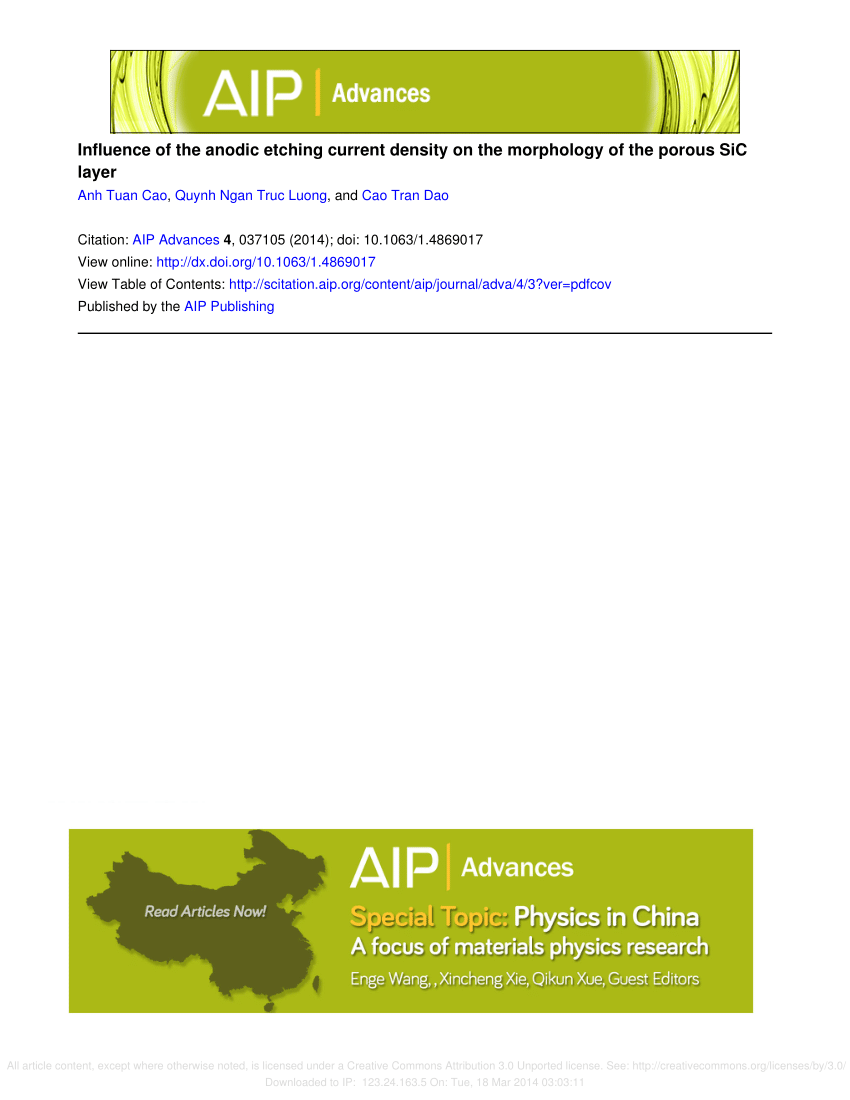利用灰色关系分析法研究电火花加工过程中抗温型 Waspaloy 的材料去除率和表面粗糙度
IF 1.4
4区 物理与天体物理
Q4 MATERIALS SCIENCE, MULTIDISCIPLINARY
引用次数: 0
摘要
Waspaloy 是一种镍基超级合金,在燃气轮机部件生产中具有很大的潜力。使用传统制造方法加工这种材料非常困难。因此,通过选择控制参数,即电流、电压、脉冲开启时间、脉冲关闭时间和火花间隙,选择电火花加工(EDM)来研究 Waspaloy 的加工特性。根据正交阵列 (L18) 使用 18 个实验进行了灰色关系分析,以确定该加工过程与材料去除率 (MR)、刀具磨损率 (TW) 和表面粗糙度 (SR) 等多种加工特性的灰色关系等级。多目标优化的重要目标是实现高 MR、低 TW 和低 SR。通过灰色关系优化,确定了放电加工的最佳加工条件,即电流:26 A,电压:200 V,脉冲导通时间:120 μs,脉冲导通时间:10 μs,火花间隙:0.15 m。发现影响响应的首要参数是峰值电流。本文章由计算机程序翻译,如有差异,请以英文原文为准。
Investigation on materials removal rate and surface roughness of temperature resisted Waspaloy during electric spark machining utilizing gray relational analysis
Waspaloy, a nickel-based super alloy, has much potential in gas turbine component production. Machining this type of material using the traditional manufacturing method is very hard. Hence, electrical discharge machining (EDM) was selected for the investigation of the machining characteristics of Waspaloy by choosing the control parameters, namely, current, voltage, pulse on time, pulse off time, and spark gap. Gray relational analysis is carried out using 18 experiments according to an orthogonal array (L18) to determine the gray relation grade for this machining process with multiple machining characteristics such as material removal rate (MR), tool wear rate (TW), and surface roughness (SR). The significant objective of the multi objective optimization to attain high MR, low TW, and low SR is found out. From gray relation optimization, the optimum machining conditions for EDM, namely, current: 26 A, voltage: 200 V, pulse on time: 120 μs, pulse on time: 10 μs, and spark gap: 0.15 m, have been identified. The foremost parameter affecting the responses was found to be peak current.
求助全文
通过发布文献求助,成功后即可免费获取论文全文。
去求助
来源期刊

AIP Advances
NANOSCIENCE & NANOTECHNOLOGY-MATERIALS SCIENCE, MULTIDISCIPLINARY
CiteScore
2.80
自引率
6.20%
发文量
1233
审稿时长
2-4 weeks
期刊介绍:
AIP Advances is an open access journal publishing in all areas of physical sciences—applied, theoretical, and experimental. All published articles are freely available to read, download, and share. The journal prides itself on the belief that all good science is important and relevant. Our inclusive scope and publication standards make it an essential outlet for scientists in the physical sciences.
AIP Advances is a community-based journal, with a fast production cycle. The quick publication process and open-access model allows us to quickly distribute new scientific concepts. Our Editors, assisted by peer review, determine whether a manuscript is technically correct and original. After publication, the readership evaluates whether a manuscript is timely, relevant, or significant.
 求助内容:
求助内容: 应助结果提醒方式:
应助结果提醒方式:


